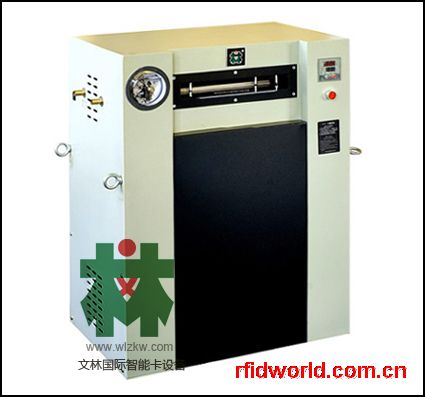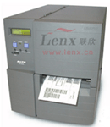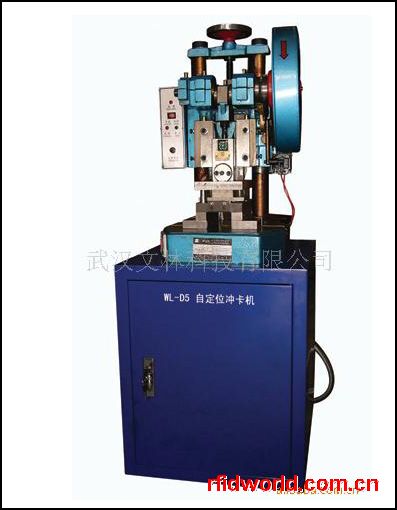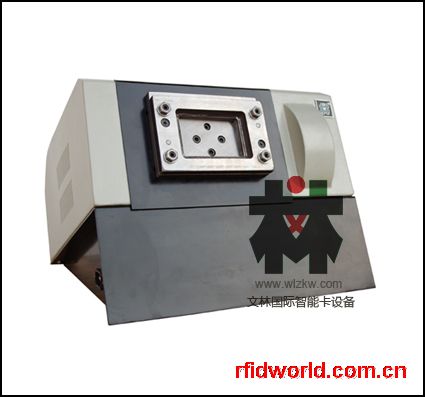沃尔玛: 供应商的不同应对措施
摘要: 沃尔玛对其主要供应商在RFID技术的采用问题上实行灵活管理。供应商都采取了相应措施来满足沃尔玛的要求。 一些供应商通过购买与后端信息系统没有完全整合的标签、打印机、读写器等设备,选择与现有RFID系统相结合的方式以达成所愿;有些典型的大的供应商像拜耳公司,使用Acsis公司的RFID中间件和驱动整合软件,追踪托盘和货箱及购买点展示情况;而其他的沃尔玛供应商,比如位于印度,生产处方止痛药物及麻醉药物的兰伯西制药公司, 对RFID系统的实施仍很忧虑。
Wal-Mart flexibly managed its 2005 mandate for leading vendors to RFID-enable their conjtainers. The retailer allowed some strategic suppliers to slip past that date, as they worked out an array of compliance problems. By the end of January, the required RFID systems were all in place, and many of these suppliers were collecting data on the delivery of their products with the technology.
Some of the Wal-Mart suppliers opted to go with off-the-shelf RFID systems in order to meet the mandate, purchasing labels, tags, printers and readers that are not fully integrated into back-end information systems.
Somewhat typical of the large retailer’s vendors is the case of Bayer Corp., which used RFID middleware and device integration software from Acsis Inc., to track pallets and cases, as well as point of purchase displays. The company is integrating the data collected from RFID systems into its enterprise resource planning (ERP) software from SAP AG, and connecting it with Wal-Mart’s retail link systems, comparing the data to better understand the movement of products.
But others, like Wal-Mart supplier Ranbaxy Pharmaceuticals Inc., a provider of prescription painkillers and narcotics, based in India, are still worried about implementing the RFID system “the right way, the first time, without committing additional, unplanned resources to the project,” says Suneet Walia, executive director of information systems at Ranbaxy.
There is also a concern among many leading analysts, like Alastair Charatan, managing consultant of the London office of PA Consulting, a supply chain improvement consultancy Charatan, who believe that Wal-Mart may have forced its suppliers into a situation that roughly parallels what happened to the auto industry in the 1980s when Detroit and other auto makers launched ambitious electronic data interchange (EDI) projects. Many of these projects were disappointing. “The first pioneers in EDI spent a huge amount of money,” says Charatan. “Everybody needed to spend hundreds of thousands of dollars in investments. The smart vendors waited five years and then leapfrogged ahead of everyone else when they bought off-the-shelf computing technologies that could do the job. As with EDI, there is too much hype with RFID.”
According to Steve Brown, executive vice president of marketing at Acsis, a technology developer that has worked with Wal-Mart vendors like Bayer, his clients have purchased quick-start RFID systems, as well as more fully-integrated systems.
“I can’t say for sure all were shipping on Jan. 1. But all were shipping by Jan. 31,” Brown says. “They met the deadline within a few weeks.” There were common problems that caused the delays. “It depended upon the products being shipped,” Brown explains. “For liquids and metals, there was a question of the RFID-friendliness of products. But for the vast majority of products at case level, they can be tagged” and have read rates “well into the 90s, in terms of percentage.”
Brown says that some vendors are already using data collected from Wal-Mart. “What we’re seeing now is data coming back from these operations. This is data that has some value in it. Now, this will begin to gain visibility into the Wal-Mart supply chain. When you know where your assets are, you can track velocity and see better demand signal. You can learn about where the velocity of products is greatest,” Brown adds.
Vendors are also now looking at building a business case for pallet aggregation, he says. “If they can X-ray, and reconcile EPC numbers after the fact, and aggregate the cases into the pallet, that’s a win.”
For the top 100 vendors that were required to be RFID-enabled, sales volume is pretty high and they have long-term, strategic relationships with Wal-Mart. “Most are doing in excess of $1 billion in sales,” Brown says. “They have teams down in Bentonville [Wal-Mart’s Arkansas headquarters]. They are strategic vendors to Wal-Mart and engage in a high level of collaboration. RFID has a high level of visibility in CPG [consumer packaged goods] generally. It is a strategic thing. But it is not yet strategic in dollars. There is interest in the ‘C suite’ because collaboration with the customer is high. What the ‘C suite’ wants to see is how the data is going to help increase sales, drive revenues and improve ability for throughput and velocity.”
There are still technical problems, like radio frequency interference issues, Brown says.
Another significant problem for suppliers has been with registering GTIN numbers—master registry numbers, containing 152 product attributes, including product weight, packaging, color—for each of the products marked with RFID tags. “It’s like a barcode on steroids,” says Chris Connors, director of solutions sales at Tekmark, which has worked with an array of Wal-Mart suppliers. “For every SKU [stock keeping unit], you can have five GTINs. The GTIN says what the product is, and the RFID tag tells you where the product is.”
Connors notes that UCCnet—the repository of GTIN registration information—is encouraging companies to use value-added service providers to register their products. “They are offering a 50% discount on service fee, and the average cost is $200,000 per year for a large company to register this information,” Connors says. “They’ve been getting too many customer service calls.”
The reason that the registry may have been getting so many panicked calls may be that a number of Wal-Mart vendors got off to a late start in implementing the RFID mandates.
“The primary lesson learned was: start early.” Brown says. “We saw a big push in the last 90 days of the year to be compliant. Some items that we thought were complex were easy to RFID-enable. Some that were not thought to be complex were hard to RFID-enable.”
“I can’t say for sure all [vendors] were shipping on Jan. 1. But all were shipping by Jan. 31.”—Acsis’ Steve Brown

 登录
登录
 注册
注册








